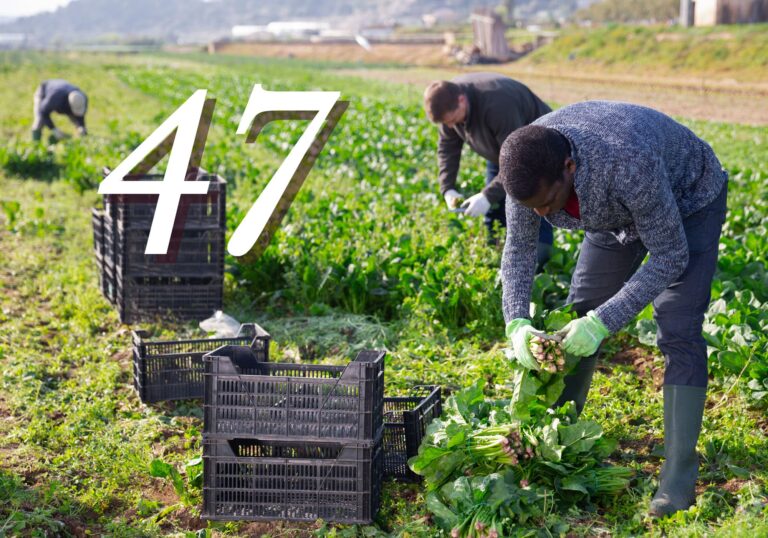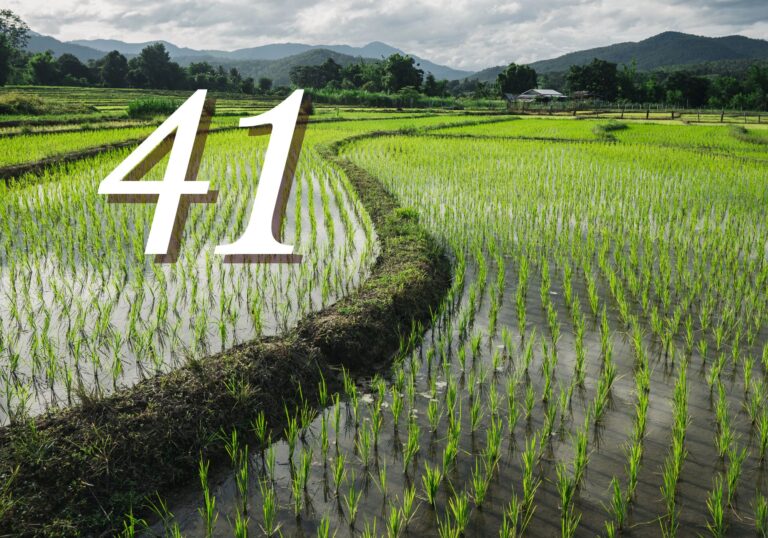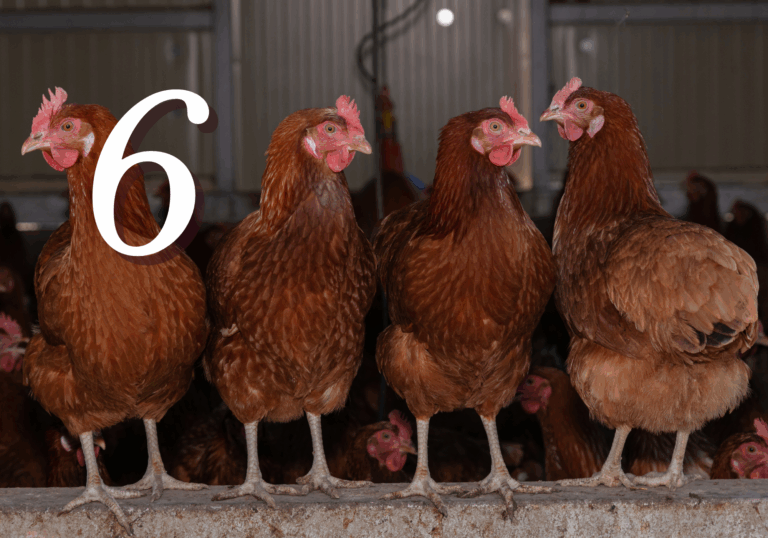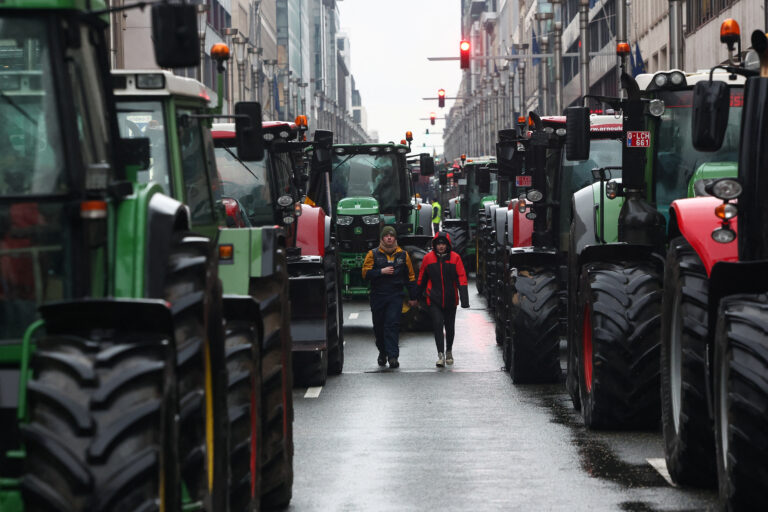America’s Race to the Bottom in Food Quality
Outside of possibly farmers’ markets and a few specialty concerns like Azure Standard and Amish farmer coops, it is very difficult for farmers to charge for and be reimbursed based on the quality of their produce, animals or their soil—thus incentivizing a race to the bottom regarding the nutritional content of our food supply.
The Farm Bill, a federal subsidy effort initiated during the Great Depression to support small farmers, is largely written today by the lobbyists representing Big Ag and Big Chemical, not actual farmers.
Rather than spending our tax dollars to support the production of high quality, nutritious foods on carefully stewarded soils, the Farm Bill gives away tens of billions of dollars each year to the largest industrial farms, with 80% of funds reaching just 20% of farmers. [1] These cash subsidies create an incentive for the largest companies to get bigger and bigger, and for crops like corn and soybeans to be produced in excess, year after year, on depleted soils that are “juiced” with chemical fertilizers and pesticides.
This overproduction floods markets, lowers prices, and hurts small farmers while producing crops that are mainly used to make ultra-processed foods or for industrial purposes. Grown on soil without a living microbiome, the food is low in vitamin and trace mineral content. It provides calories but they are “empty,” devoid of the fiber, vitamins and minerals we need for optimal health. You cannot grow quality food on exhausted soil that has moreover been drenched with chemicals, year after year. [3]
In order to obtain government-backed crop insurance and other government subsidies, poor farming practices have been institutionalized. Farmers are required to have used “best practices,” which is currently defined as the use of chemical pesticides and fertilizers, if they are to ever collect on their crop insurance.
The growth of mega-farms has paradoxically inflated land costs, blocking new would-be farmers from entering the field.
USDA regulations also make it impossible for small farms to sell meat directly to consumers who want healthy, nutrient-rich food. Without the ability to sell directly to buyers, farmers and consumers alike get squeezed by middlemen. [2] In 1970, a rancher kept 70% of the price for meat that customers paid at the grocery store. Today, the rancher only receivers 30% of the retail price, and the middlemen and grocer keep 70%.
Because small farmers are not paid by middlemen for higher quality foods, even when that’s exactly what Americans want, they are incentivized to use the cheapest and easiest farming methods, rather than to produce the best quality foods.
Critics say that this system traps farmers, harms the environment, and raises food prices. However, reforming the Farm Bill is difficult because of the influence of the Big Ag and Big Chemical industry lobbies. [4]
Lobbyists, taking advantage of public fears, accuse those who have tried to reform the financial incentives in the Farm Bill of taking away food stamps or letting kids go hungry, threatening the tools farmers need, or simply being anti-farmer.
In truth, small farmers, consumers, and the land would benefit greatly if Congress would distribute Farm Bill subsidies across the range of all farmers, and ease the excessive regulations that have made food prices so high and encouraged food industry monopolies.
As farmer Gabe Brown says, [1] resilient soil and diverse crops are our true safety nets. But for small farmers to get paid for higher quality foods, Congress must be willing to help rebuild local American agriculture for a healthier future.
Sources
- https://www.cato.org/policy-investigation/farm-bill-sows-dysfunction-american-agriculture#sprawling-farm-bill
- https://think.kera.org/2024/11/26/why-are-groceries-so-expensive-its-complicated/
- https://ageconsearch.umn.edu/record/360493
- https://will.illinois.edu/news/story/lobbyists-of-all-kinds-flock-to-farm-bill






